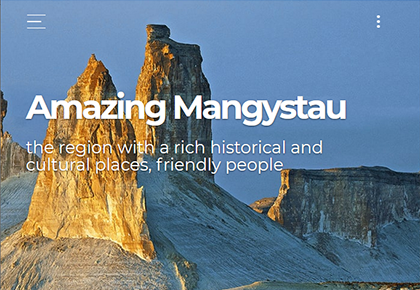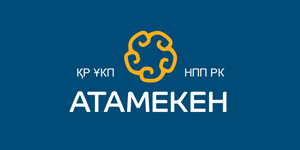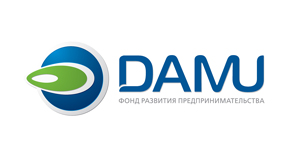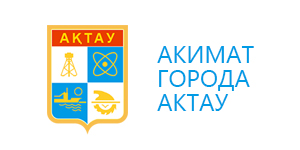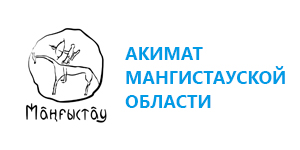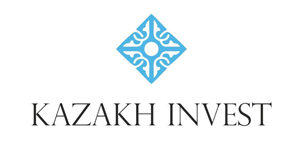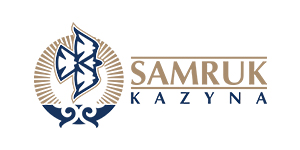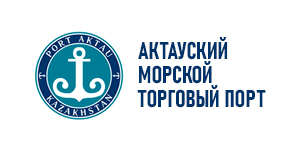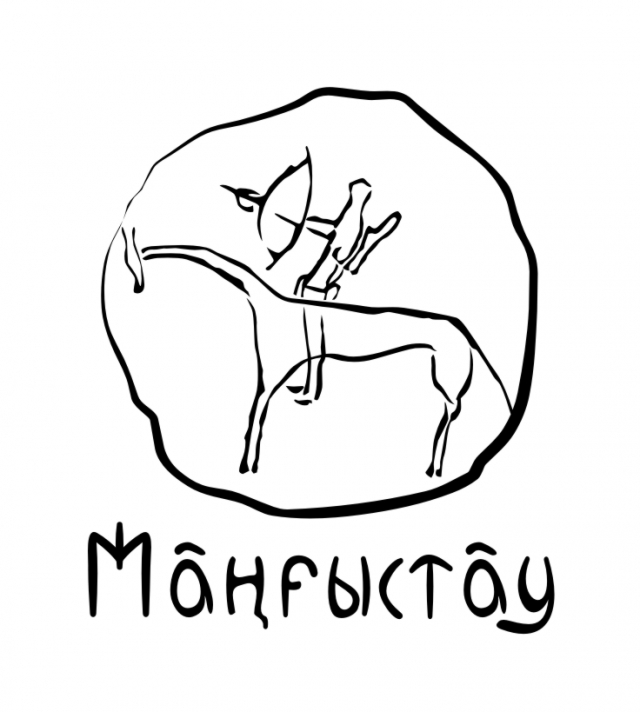 Mangystau region is an open—air archaeological reserve. The economic awakening of the region was due to the discovery by geologists in the early 1950s of the richest deposits of uranium and rare earth elements, oil and gas in the depths of the Mangystau region. Now the region is one of the most prosperous in Kazakhstan, in recent years the immigration growth of the population has been increasing. There are rich deposits of minerals on the territory of the region. Reserves of mineral raw materials in their diversity, the capacity of deposits, the convenience of their development are unique and practically have no analogues in world geology.
Mangystau region is an open—air archaeological reserve. The economic awakening of the region was due to the discovery by geologists in the early 1950s of the richest deposits of uranium and rare earth elements, oil and gas in the depths of the Mangystau region. Now the region is one of the most prosperous in Kazakhstan, in recent years the immigration growth of the population has been increasing. There are rich deposits of minerals on the territory of the region. Reserves of mineral raw materials in their diversity, the capacity of deposits, the convenience of their development are unique and practically have no analogues in world geology.
Oil production in the region
Mangystau region is an industrial region where 25% of Kazakhstan's oil is extracted. Most of the deposits are concentrated in the area of Zhanaozen and on the Buzachi peninsula. 59 oil and gas fields have been explored on the territory of the Mangystau region. The proven oil reserves in the region amount to over 3 billion tons. In addition, the discovery of large oil reserves on the shelf of the Caspian Sea off the coast of the region is predicted.
Minerals
The Mangyshlak Peninsula is one of the main regions of the world where a wide distribution of strontium has been established (the strontium content in the discovered ores averages about 20%). The largest deposits are Aurtashskoye, Ungozinskoye, Uchkuyukskoye. In the mountainous part of Mangystau, the manifestations of phosphorites and iron ores have been explored. There is also one known manganese deposit in the region, the proven reserves amount to about 2.7 million tons, the average manganese content is 12%. Deposits of copper, table salt, mineral salts (mirabilite, tenardite) are also known.
Limestone-shell rock, which is used as a wall and cladding material, has become widespread not only in the region, but also beyond its borders (about 30 deposits with total balance reserves of more than 200 million m3 have been explored). There are 7 known chalk deposits in the region with total approved reserves of over 10 million tons. Chalk is widely used in construction, agriculture, for feeding animals and birds, preparation of paint, putty, drilling fluids, etc. purposes. The quality of chalk is characterized by the content of calcium carbonate from 95.1 to 98.7%.
Geographical location
Mangystau region is located east of the Caspian Sea on the Mangyshlak plateau, bordered in the northeast by Atyrau and Aktobe regions, in the south by Turkmenistan and in the east by Uzbekistan.
From the west, it is washed by the Caspian Sea — the coast protrudes in the west in the form of the Mangyshlak peninsula with deep bays Komsomolets, Mangyshlak, Kazakh, Kenderli.
Industry
Mangystau region is a unique production complex, the only one in Kazakhstan, independently provided with all types of energy and water produced at the Mangyshlak Nuclear Power Plant (Kazatomprom division). 559 industrial enterprises are registered in the region, 70 of them are large and medium-sized. It should also be noted that many companies from various countries, such as the USA, France, Italy, Russia, China, India, Great Britain, etc., are successfully operating in the Mangystau region.
The manufacturing industry is represented by the production of food products, the textile and clothing industry, the production of rubber and plastic products, mechanical engineering, the chemical industry, the production of other non-metallic mineral products and other industries.
Pearl of the Caspian Sea - Aktau
Aktau is a border city that has all the prerequisites for creating an important hub in the Eurasian system of commodity and technological exchanges on its territory. Aktau is recognized by the Transport Strategy of the Republic of Kazakhstan as the western "gateway" of Kazakhstan, being an important link standing at the intersection of the TRACECA and North-South transport corridors.
